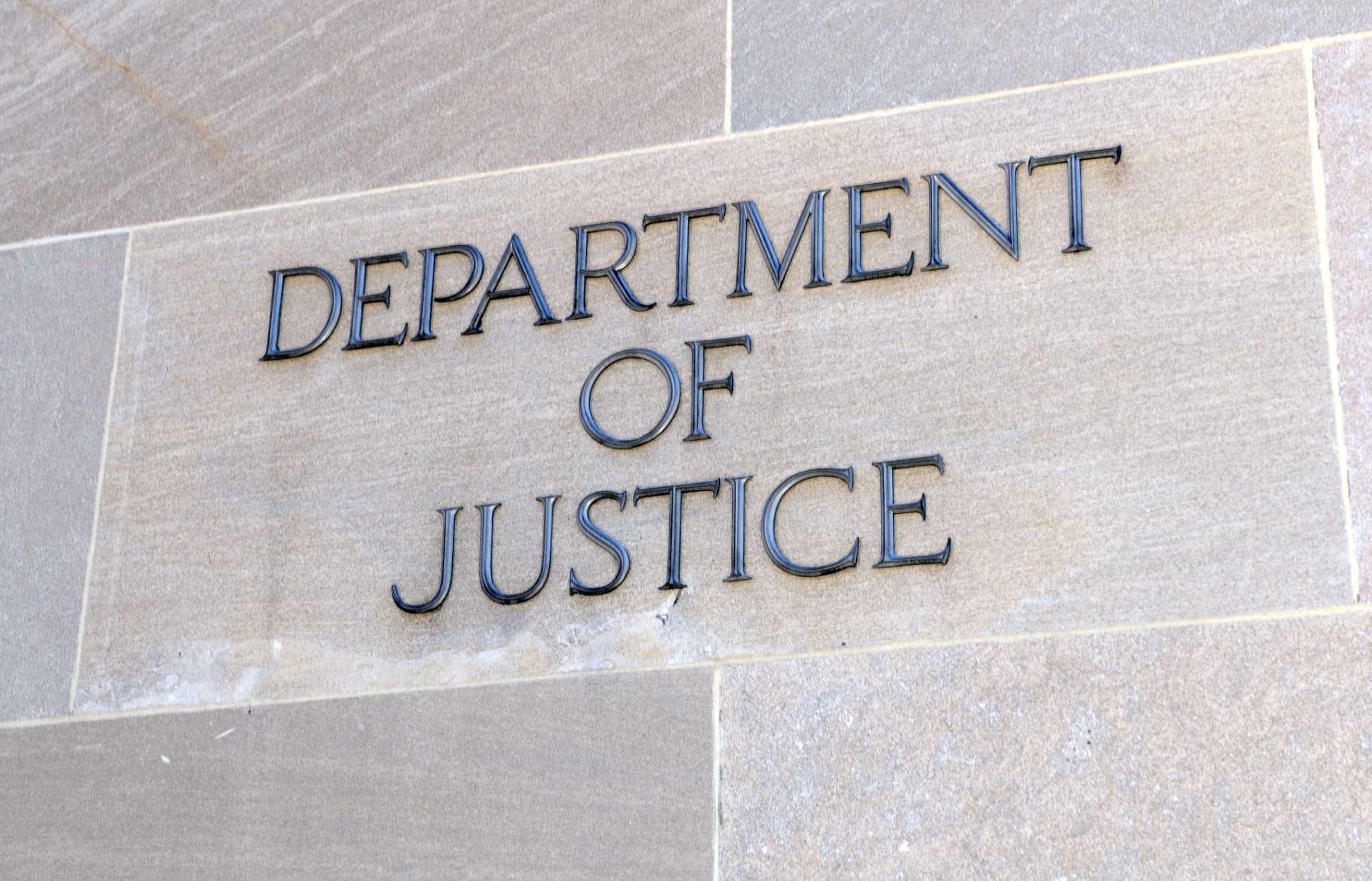Last month, the Justice Department announced it would send “additional law enforcement tools and resources” to DC to help fight violent crime, coming off a year in which the District saw a large increase in carjackings and its most homicides since 1997.
On Friday, Washingtonian sat down with Matthew Graves, the U.S. Attorney for the District of Columbia, and David Sundberg, the assistant director of the FBI’s DC field office, to discuss what this means. Here’s what you need to know:
Nothing Groundbreaking, Just More Resources
Graves emphasized that while law enforcement agencies already engage in data analytics to target people they believe to be drivers of violent crime, it often can be time-consuming—justifiably, he added—to secure search warrants.
He told Washingtonian that while his office had increased its prosecution of “individuals that we believe are driving gun violence” by 58 percent from fiscal year 2022 to 2023, the agencies determined that more resources were necessary in order to match the rise of violent crimes such as homicide and carjackings.
“There were a lot of charges toward doing the right thing … but we need more, to do more,” Graves said.
He said the agencies modeled their approach at cases in which they had success in securing indictments against large groups accused of participating in organized violent crime rings, such as Taliban Glizzy, a DC rapper who was charged alongside 16 associates in conspiracy to commit carjackings and armed robberies.
Connecting the Dots
Sundberg said part of the resources coming to DC would be moving analysts to work alongside existing police investigation teams. The team will mainly be tasked with examining how cases are connected, Sundberg said, so law enforcement can better focus its resources on individuals.
“I think what you’re seeing more and more of in violent crime, is that we have to use the tools we use in white-collar crime,” Graves said.
Levels Of Data
Sundberg told Washingtonian there would be three levels of data the analysts would be looking at: location-based data, such as 911 calls, to determine hotspots for crime; forensic data, such as gun shell casings, that can link individual weapons between crimes; and data acquired through search warrants, such as email communications.
While law enforcement agencies have long tracked these forms of data, Sundberg said the establishment of this task force would allow the departments to better facilitate sharing this information.
“From the analytics side of it, we’re enhancing what we’re already doing,” Sundberg said.
21st Century Crime
Both Graves and Sundberg emphasized how the internet has changed the nature of violent crime, and that the law enforcement offices would be putting more resources into investigating social media.
“In the early 1990s, the violence was overwhelmingly neighborhood-based,” Graves said. “Now, these are people who got into disputes over social media, in different parts of the city, who weren’t connected before.”
Sundberg said that social media had helped “the time to violence shrink,” as people can now instigate disputes through the press of a button.
“People are just connected in a different way than they ever have been,” Sundberg said.


















